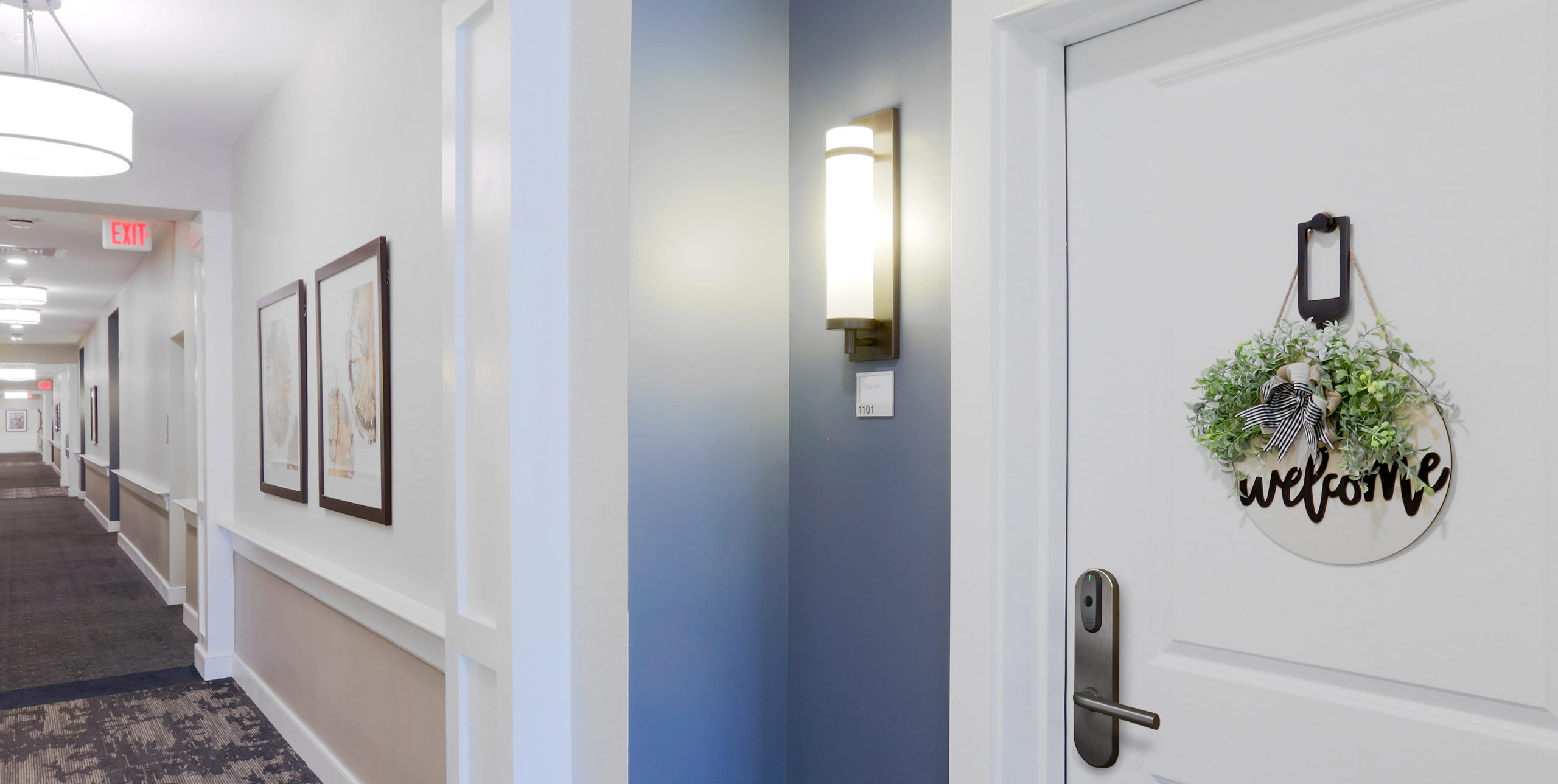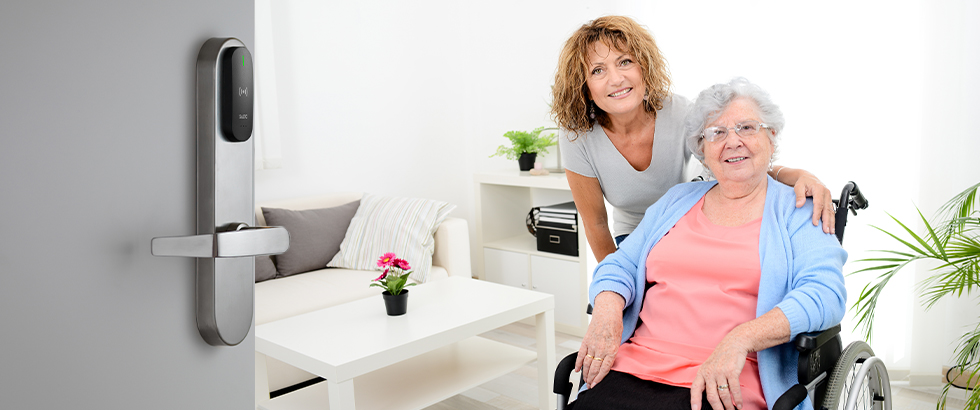We’re growing older. According to the 2020 U.S. census report, one in six Americans were 65 and over, representing the greatest 10-year increase in this demographic within the past 100 years. This trend is expected to continue as all baby boomers will have reached senior status by 2030. And by 2040, the number of people aged 85 or older is expected to more than double from 2019 levels, according to the U.S. government agency, Administration for Community Living.
Many older individuals will reside in senior communities or assisted living during some part of the lives. More than 810,000 people already occupied assisted living facilities in early 2023, and this upward trend will continue as the population ages, bolstered by people’s increasing longevity.
The Challenges of Senior Living Communities
With the growth in the assisted living market anticipated to more than double in the next 10 to 20 years, according to one report, senior living accommodations will need to keep pace. However, another challenging trend is also on the rise for these communities — legal liability. WTW, an insurance organization, has published a benchmarking report detailing its actuarial analysis of thousands of senior living claims. Clearly, not taking appropriate safety measures can cost a lot of money and ruin a facility’s reputation.
“The top priority of any senior care or assisted living facility is ensuring that residents, particularly those who may have cognitive or physical impairments, or other special needs, are safe and secure in their living environment,” says Kyle Pfeiffer, Industry Solution Leader — Healthcare, for SALTO Systems. “A modern electronic access control system should be viewed as a powerful tool in a comprehensive risk mitigation strategy for senior living facilities.”

Risk Mitigation
Deploying smart access technology goes a long way toward protecting residents, staff and management in senior living facilities against risk. This solution replaces physical keys with “smart” credentials — taking the form of key fobs, key cards, PIN code access or smartphone digital keys.
Electronic access control systems offer numerous efficiency and ease-of-use benefits including preventing staff from having to manage multiple physical keys, streamlining visitor management, managing resident moves and turnover, and managing regulatory compliance and reporting. In addition, there are also significant safety benefits associated with incorporating smart access systems. “Not only do smart locks protect residents from unauthorized access to their living spaces, they enable staff to move efficiently throughout the building to be able to quickly respond to their needs,” notes Pfeiffer.
Another important feature in managing risk in senior living facilities is the audit trail that modern access control systems creates. This refers to event logging and the associated storage and retrieval of access data — who was where and when. “This provides a complete accounting of all interactions at every lock, wall reader or access point on the system,” says Pfeiffer, with the data stored and protected using advanced cybersecurity measures.
The mere presence of a monitoring system can deter potential negligent behavior or misconduct, he adds. With a secure, unalterable record of all access events, a facility operator can immediately investigate and act based on reported or suspected situations. “With both staff and residents aware that their access within the facility is being logged, they may be less likely to engage in unauthorized or inappropriate actions.”
Many Benefits
Additional risk mitigation features and benefits include:
- Wandering prevention. Residents with cognitive issues can be monitored to ensure they don’t stray into potentially dangerous areas or leave the facility.
- Emergencies. In an emergency situation, certain areas of the facility can be locked down to protect residents and staff, or doors can be immediately opened to facilitate evacuation.
- Access rights. Administrators are able to change access permissions in real time, which is essential for managing staff changes, lost credentials or changes in a resident’s condition.
- No physical keys. This prevents keys from being lost or falling into the wrong hands.
- Visitor management. Temporary access credentials for visitors expire automatically, controlling visitor access without additional manual intervention.
- Compliance. HIPAA compliance for medical records and information can be maintained by restricting access to areas where patient data is kept.
When Safety Is Paramount
For facilities concerned about patient safety, potential liability and easy access control, smart locks offer a cost-efficient solution that addresses all these needs. “Access control systems are an essential part of senior living property management, and demand for security measures is likely to grow,” says Pfeiffer. “The future of senior living lies in rethinking how we live and work in these environments. Leveraging SALTO’s advanced access control technology addresses the needs of residents, their visitors and staff — enhancing their experiences, both now and in the future.”
Related Stories
| Aug 11, 2010
Pella introduces BIM models for windows and doors
Pella Corporation now offers three-dimensional (3D) window and door models for use in Building Information Modeling (BIM) projects by architects, designers, and others looking for aesthetically correct, easy-to-use, data-rich 3D drawings.
| Aug 11, 2010
AAMA developing product-based green certification program for fenestration
The American Architectural Manufacturers Association is working on a product-based green certification program for residential and commercial fenestration, the organization announced today. AAMA will use the results of a recent green building survey to help shape the program. Among the survey's findings: 77% of respondents reported a green certification program for fenestration would benefit the product selection process for their company.
| Aug 11, 2010
Draft NIST report on Cowboys practice facility collapse released for public comment
A fabric-covered, steel frame practice facility owned by the National Football League’s Dallas Cowboys collapsed under wind loads significantly less than those required under applicable design standards, according to a report released today for public comment by the Commerce Department's National Institute of Standards and Technology (NIST).
| Aug 11, 2010
An Innovative Energy-Absorbing Anti-Terrorism Crash Barrier for Homeland Security
Anti-terrorism physical barrier techniques and applications have become highly desired to protect critical facilities and human lives in recent years. Based on in-depth review and practices, the systemic criteria are proposed here for selection of security barriers specifically against terrorist attacks with truck-borne explosives.
| Aug 11, 2010
NoricF4 custom metal ICF frames receive fire ratings, comply with antiterrorism standards for buildings
Reward Wall Systems' NoricF4 Custom Metal ICF Frames have received fire ratings of 1.5 hours to 3 hours and they have been evaluated to be in compliance with the prescriptive requirements of the Department of Defense Minimum Antiterrorism Standards for Buildings for blast/force protection.
| Aug 11, 2010
Embassy's dual façades add security and beauty
The British government's new 46,285-sf embassy building in Warsaw, Poland's diplomatic quarter houses the ambassador's offices, the consulate, and visa services on three floors. The $20 million Modernist design by London-based Tony Fretton Architects features a double façade—an inner concrete super structure and an outer curtain wall.
| Aug 11, 2010
Robotic storage facility protects exotic automobiles, fine wines, artwork
Miller Construction Company, Fort Lauderdale, Fla., has completed construction on a high-tech robotic storage facility designed to store and protect valued possessions such as exotic automobiles, fine wines, artwork, and jewelry. Designed and built to resist Category 5 hurricanes, the RoboVault facility features automated storage retrieval, biometric recognition, private access with 24/7 securi...
| Aug 11, 2010
AIA Course: Historic Masonry — Restoration and Renovation
Historic restoration and preservation efforts are accelerating throughout the U.S., thanks in part to available tax credits, awards programs, and green building trends. While these projects entail many different building components and systems, façade restoration—as the public face of these older structures—is a key focus. Earn 1.0 AIA learning unit by taking this free course from Building Design+Construction.







